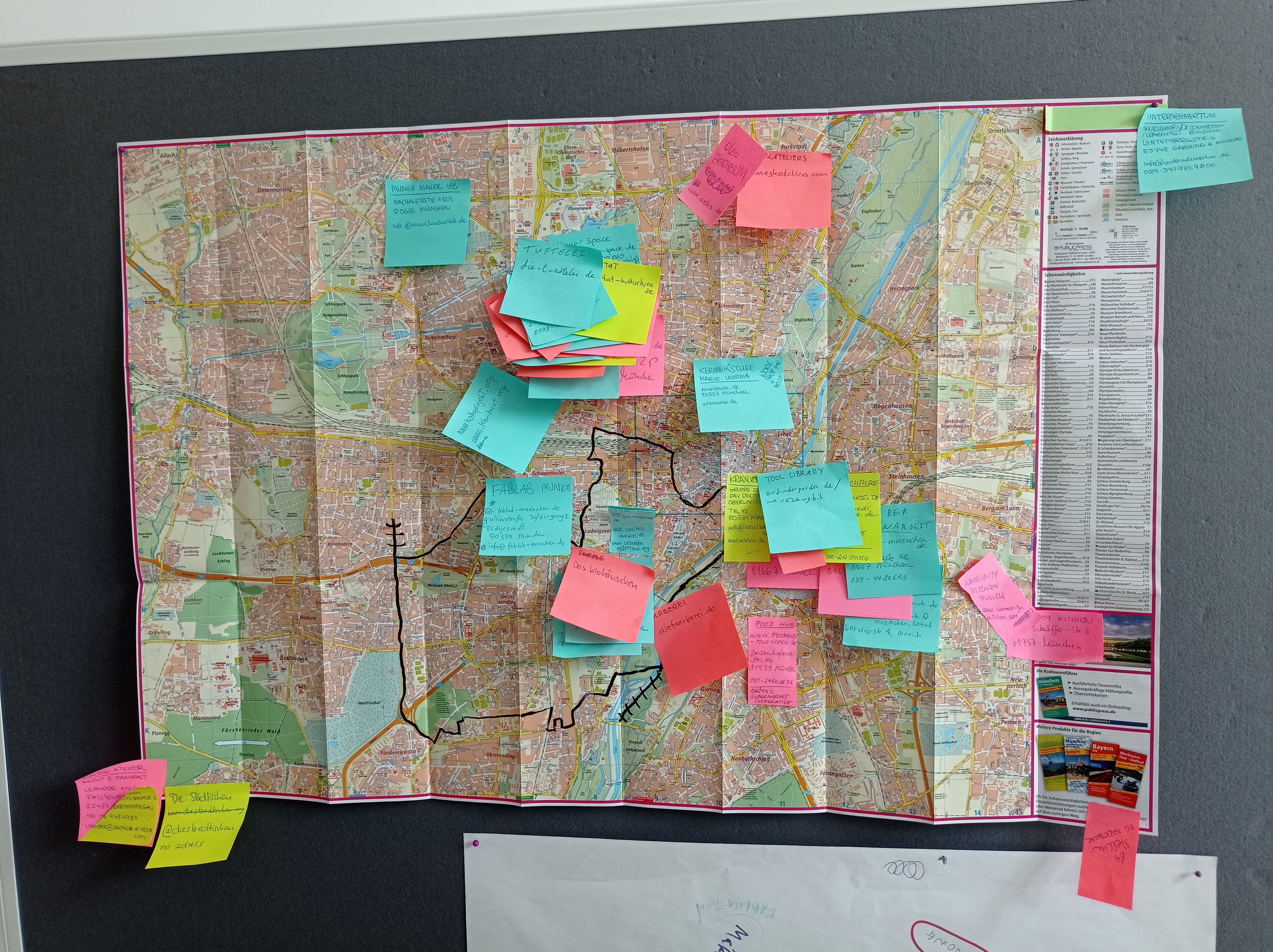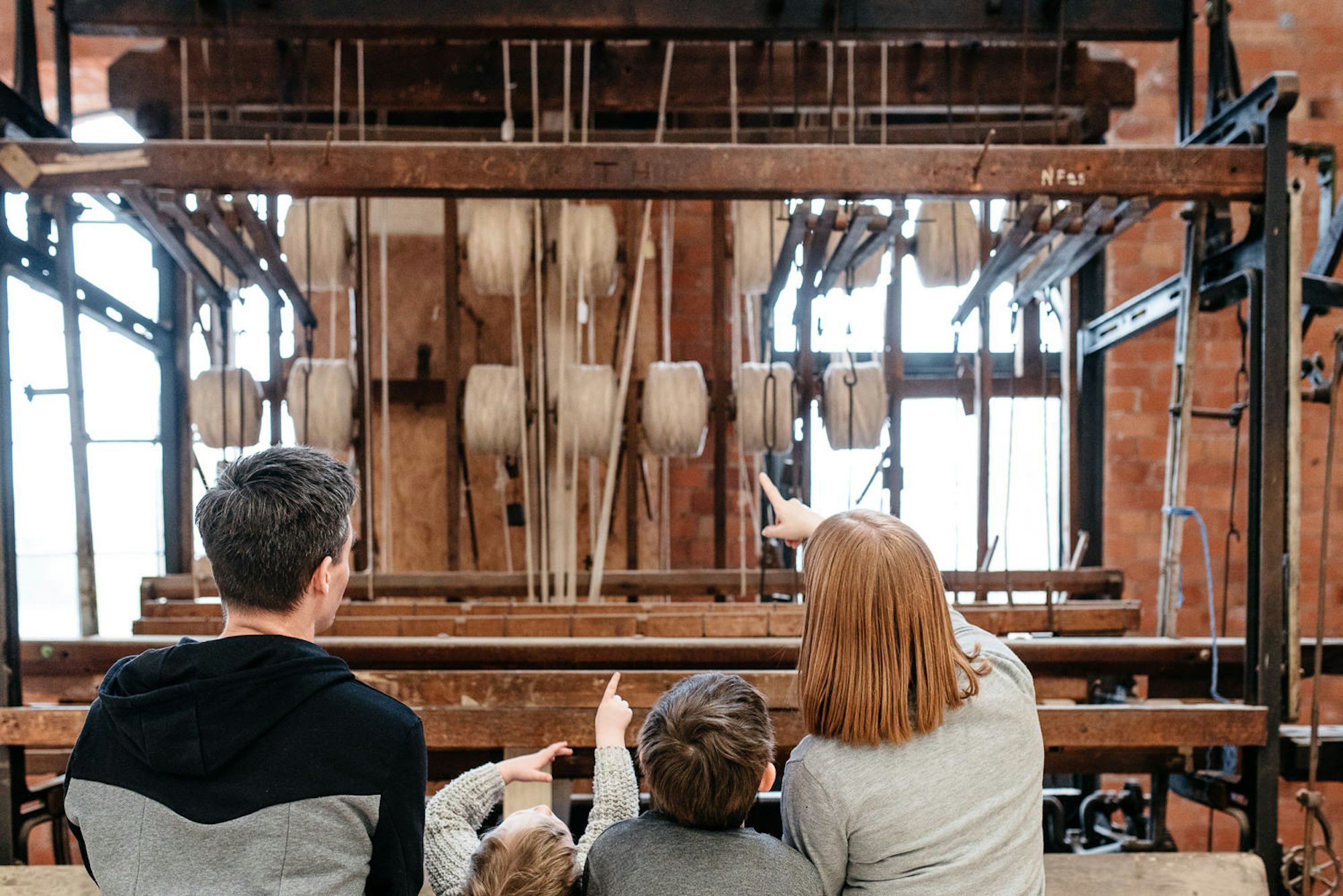Stories / Inspiration /
What is Powder Coating and how can I use it?

Cover image: Cromatti using powder coating in their Armavi C Table, Manufactured in Los Angeles
Powder coated steel seems to have replaced CNC cut plywood as the manufacturing process of choice for contemporary designers this year. Flip through any design blog to find hundreds of crisp coloured examples: carefully welded flower pots, geometric towel stands and delicate table frames - there is no doubt this colourful process is having a revival.
But why would you choose to use powder coating over more conventional processes like painting, and where can you get things powder coated in Scotland?

What is powder coating?
Powder Coating is a way to color metals like steel and aluminium, typically used because it has a longer lasting, tougher finish than painting.
Colour is the most important thing to know about powder coating, as the process can give you almost any shade. Solid brights, deep neutrals and colour combinations fading and blending together on the same structure are all possible. We’ve regularly seen designers offer a variety of colour options on powder coated products, as the process works as well with one offs and small batches as it does with mass production.

If you are making multiple objects and are after a uniform finish, powder coating is ideal because there is no solvent involved. This means no streaks, colour running, or tell tale signs of what direction the colour was applied in.
Another plus point to no solvents, means that there are no volatile organic compounds (VOCs) in the process, which can be both toxic to the fabricator and harmful to the environment.
How does powder coating work?
Powder coating works by applying dry colour powder to a metal surface, before ‘baking’ the colour onto the surface using heat to form a hard finish.
The colour powder is applied electrostatically using a power gun. This means that it is sprayed on using compressed air, passing over an electrode in the gun. This gives the powder a positive charge, which is attracted to the ground metal surface. It is important that metal pieces for powder coating are properly cleaned, ground or sandblasted before they go to the powder coaters so that the colour will stick to them.

In recent years, new powder coating techniques have been developed making it possible to use the process on materials like MDF as well as metal applications.

What is powder coating used for?
The powder coating process was developed by German scientist Dr. Erwin Gemmer in the 1940s. Since then, it has been used by any and all industries that use metal - from the the car industry, where it was pioneered by Volkswagen; to bike frame manufacturers and outdoor furniture makers. In the 1960’s, Singer sewing machines started using powder coating in their manufacturing process which helped to widen its use in domestic production.
Today, powder coating is regularly used in both the manufacture and customisation of car parts (“flashy rims”), through to public sculpture, signage and by product designers.

Where can you find powder coating in Scotland?
Most art fabricators or metal workshops will know and work with a powder coater, or you can get in touch with these powder coaters in Scotland directly.

Reekie Steeltec are metal fabricators in Arbroath, who cut, fold and weld steel to a customer's designs. Production includes laser cutting, water jet cutting, powder and wet paint finishing.
Highland Colour Coaters are specialists in both powder coating and hot dip galvanizing for steel and aluminium based in Cumbernauld.
JGB Steel are a one stop shop for metal fabrication. As well as powder coating, production includes laser, plasma and water jet cutting as well as CNC punching, folding and fabrication.

Industrial Springs manufacture springs, wireforms and pressings with a powder coating facility on site at their factory in Ibrox.
NPI solutions are metal fabricators in Irvine, with both powder coating and adonising facilities.
If you are a powder coater and would like to be listed on Make Works, you can sign up here
If you have enjoyed reading this you might also enjoy our article on Metal Casting Foundries in Scotland
WORDS
Jessica GuyJune 09, 2016
Categories
Inspiration
Related stories
Day 23 | Make Works Residencies 01 | Catching up with Katy West
Craft Scotland Conference
Happy International Women's Day!
Material Monday - Woven Polypropylene
Maker Speed Dater



